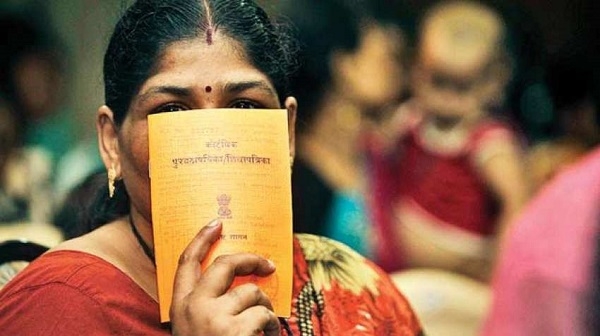One Nation One Ration Card: 17 states complete successful implementation with additional borrowing of Rs 37, 600 Cr
12 Mar 2021 12:18:52
New Delhi, Mar 12: According to the Ministry of Finance, seventeen states have successfully operationalized the 'One Nation One Ration Card system' with Uttarakhand being the latest state to complete the reform. The states completing 'One Nation One Ration Card' system reform are eligible for addtional borrowing of 0.25 percent of Gross State Domestic Product (GSDP).

According to the Finance ministry, these states have been granted additional borrowing permission of Rs 37,600 crore by the Department of Expenditure, Ministry of Finance. The state wise amount of additional borrowing permitted to the 17 states is annexed. The One Nation One Ration Card System is an important citizen centric reform and its implementation ensures availability of ration to beneficiaries under National Food Security Act (NFSA) and other welfare schemes, especially the migrant workers and their families, at any Fair Price Shop (FPS) across the country.
The reform especially empowers the migratory population that includes laborers, daily wagers, urban poor like rag pickers, street dwellers, temporary workers in organized as well as unorganized sectors and domestic workers. These workers frequently change their place of dwelling to be self reliant in food security. Therefore, the technology driven reform enables migrant beneficiaries to get their entitled quota of food grains from any electronic point of sale (e-PoS) enabled fair price shops of their choice anywhere in the country.
In view of the resource requirement to meet multiple challenges posed due to COVID 19 pandemic, the Central govt had enhanced the borrowing limit of the states by 2 percent of their GSDP, on May 17, 2020. According to the reports, half of the special dispensation, that accounts for 1 percent of GSDP, was linked to the undertaking citizen centric reforms by the states. The four citizen centric areas for reforms that the Department of Expenditure identified were implementation of 'One Nation One Ration Card System', ease of doing business reform, urban local body and utility reforms, and power sector reforms.
